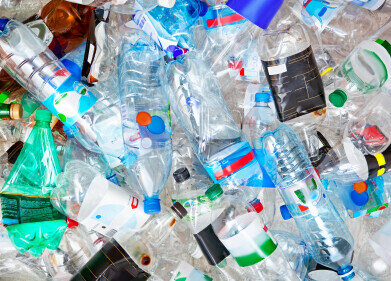Microplastics Analysis
An invitation to all labs to join an inter laboratory study on the analysis of microplastics in environmental matrices
Jul 16 2020
‘Microplastic’ is a catchâ€all phrase for plastic particles spanning six orders of magnitude in particle size and a gigantic variety of chemical compositions: (co)polymers, chemical additives, residual monomers, fillers, catalysts, nonâ€intentionally added substances (NIAS) etc.
A range of different analytical methodologies being applied thus far. One of the challenges analytical scientists face with microplastics analysis is how to check and demonstrate analytical proficiency.
Four institutions including Vrije Universiteit Amsterdam, QUASIMEME (Quality Assurance of Information for Marine Environmental Monitoring in Europe), NIVA (Norwegian Institute for Water Research) and NORMAN (Network of reference laboratories, research centres and related organisations for monitoring of emerging environmental substances) have joined forces to set up a program to address the quality of microplastic analyses.
The interlaboratory study (ILS) initiative has been designed to answer the need of laboratories working on analytical quality control of their microplastics analyses.
Established in 2018, this initiative is dedicated to the development and collaborative improvement of microplastic analytical proficiencies, involving a large number of laboratories worldwide working towards common analytical goals. As a first step, a workshop on microplastics was organised in Amsterdam, the Netherlands, in November 2018. During this workshop it was generally agreed that an open ILS on microplastics was needed.
The stepwise ILS study design consists of a minimum of three rounds unless corrective actions or a repetition of one step is deemed necessary. Laboratories use their inâ€house methods, as currently no standard or harmonized methods exist. Because this ILS focuses on a new and difficult analysis, it is also called a ‘Development Exercise’ (DE). A good collaboration between the community of microplastics labs will surely help in this development.
The first round focused on the identification of microplastics with preâ€production pellets and identification and quantification of microplastics in tablets of eleven different tests.
The second round of the ILS will include the analysis of microplastics in more complex environmental samples as well as in tablets (as in first round). Laboratories who did not participate in the first round are welcome to join this second round. All analytical methods are welcome. Participants in Round 2 may request a copy of the Round 1 report. Participants should register on or before September 1st, 2020.
Any microplastic analysis laboratory with an interest of joining a community that is engaged in learning exercises and increasing and demonstrating their proficiency with this challenging new target analyte class is invited to participate. As there are a limited amount of test materials for this study, new participants will be accepted on a first come first served basis.
Further information is available in this flyer, any questions or feedback regarding this initiative should be emailed to us here.
Digital Edition
AET 28.4 Oct/Nov 2024
November 2024
Gas Detection - Go from lagging to leading: why investment in gas detection makes sense Air Monitoring - Swirl and vortex meters will aid green hydrogen production - Beyond the Stack: Emi...
View all digital editions
Events
Nov 26 2024 Paris, France
Nov 27 2024 Istanbul, Turkey
H2O Accadueo International Water Exhibition
Nov 27 2024 Bari, Italy
Biogas Convention & Trade Fair 2024
Nov 27 2024 Hanover, Germany
Dec 02 2024 London, UK









.jpg)









